Introduction
Exchange-Traded Funds (ETFs) have revolutionized investing by offering a diversified, cost-effective way to gain exposure to various assets, including stocks, bonds, and commodities. For income-focused investors, dividend ETFs are particularly appealing, as they provide consistent payouts while maintaining broad market exposure. These funds are designed to hold high-dividend-yielding stocks, allowing investors to earn passive income without the need to pick individual securities. However, several factors influence the dividend yield of an ETF, including the composition of its holdings, sector focus, expense ratios, and payout frequency. Understanding these elements can help investors select the best high-dividend ETF to maximize returns while managing risk effectively.
Factors That Influence High Dividend Returns
When evaluating high-dividend ETFs, investors must consider several key factors that impact returns. Dividend yield vs. total return is a crucial distinction—while a high yield may seem attractive, it's essential to assess the overall performance of the fund, including capital appreciation. Expense ratios also play a significant role, as higher fees can eat into profits and reduce the effective dividend payout. Additionally, sector allocation affects dividend potential; funds concentrated in sectors like utilities, financials, or real estate often provide higher yields, but they may also carry sector-specific risks. Lastly, high-yield ETFs come with inherent risks, such as dividend sustainability and volatility, which can lead to sharp declines during market downturns. Balancing these considerations helps investors make informed decisions when selecting the best high-dividend ETF for their portfolio.
Top High Dividend ETFs
Investors seeking high-dividend ETFs have several strong options, each offering unique advantages based on yield, expense ratios, and sector focus. Some of the top-performing dividend ETFs include those that track high-yield indexes or focus on dividend-growth stocks. Funds like the Vanguard High Dividend Yield ETF (VYM) and Schwab U.S. Dividend Equity ETF (SCHD) consistently rank among the highest-yielding ETFs, offering strong dividend payouts with relatively low expense ratios. Other ETFs, such as those targeting global dividends or sector-specific high yield, can offer even higher returns but may come with additional risk. Evaluating the composition of these funds—such as the percentage of holdings in stable blue-chip companies versus higher-yielding but volatile stocks—helps investors gauge sustainability.
Performance history is a critical factor when selecting a high-dividend ETF, as consistency over various time frames can indicate reliability. While short-term yields may look attractive, funds with long-term dividend growth and stable returns tend to be better suited for income-focused investors. Comparing ETFs over 5-year, 10-year, and lifetime performance can help identify which funds maintain strong dividends without sacrificing total return. Additionally, analyzing dividend payout frequency—whether monthly, quarterly, or annually—can guide investors who rely on regular income streams. By researching historical performance alongside dividend yield and expense ratio, investors can make informed decisions on the best high-dividend ETF to fit their financial goals.
How to Choose the Right High Dividend ETF
Selecting the right high-dividend ETF requires careful consideration of personal financial goals and risk tolerance. Some investors prioritize consistent income streams, while others seek growth potential alongside dividends. High-yield ETFs often come with greater volatility, meaning risk-averse investors may prefer funds with stable dividend histories over those offering excessively high yields. Evaluating whether dividends align with broader investment objectives—such as long-term portfolio growth or passive income generation—helps investors determine the most suitable ETF.
Beyond yield, understanding dividend sustainability and fund stability is key to making a smart investment choice. ETFs that consistently grow dividends while maintaining healthy payout ratios tend to be more reliable over time. Additionally, tax implications play a significant role in maximizing returns. Some dividend ETFs generate qualified dividends, which are taxed at lower rates, while others may result in higher tax liabilities if they include income from real estate or international investments. Reviewing fund structures, tax efficiency, and potential drawbacks ensures investors select an ETF that aligns with their financial strategies and provides lasting benefits.
FAQs
- What is considered a high dividend yield for an ETF?
A high dividend yield for an ETF typically falls above 3-5%, though some funds may offer even higher yields. However, investors should assess whether the yield is sustainable and not the result of temporary fluctuations or excessive risk.
- Are high dividend ETFs a good long-term investment?
High-dividend ETFs can be a strong long-term investment, especially for those seeking consistent income streams. However, investors must balance yield and growth potential, as some funds prioritize dividends over capital appreciation. Additionally, sector concentration and economic cycles can influence performance.
- How often do dividend ETFs pay out returns?
Most dividend ETFs distribute returns on a quarterly basis, though some pay monthly or annually. Checking the fund's distribution schedule ensures investors align their expectations with their income needs.
Conclusion
Choosing the right high-dividend ETF involves analyzing yield, expense ratios, sector allocation, and long-term sustainability. Investors should consider their financial goals, risk tolerance, and tax implications before selecting a fund. High dividend yields are appealing, but stability and reliability often matter more in the long run.
To maximize returns, diversification is key—combining high-yield funds with growth-focused investments can create a balanced portfolio. Additionally, staying informed on market trends and regularly reviewing fund performance helps investors make strategic decisions. With careful research and a long-term perspective, high-dividend ETFs can serve as valuable tools for generating passive income while maintaining financial stability.
🚀 Master Dividend Investing – Unlock Passive Income 💰
Looking to supercharge your portfolio and live off dividends? Dive into these expert resources:
🏆 Top Dividend Stocks & Investing Strategies
💰 Dividend Funds & High-Yield ETFs
⚡ Dividend Essentials & Tax Strategies
🔗 Bookmark this guide & start your journey to financial independence! 🚀💸
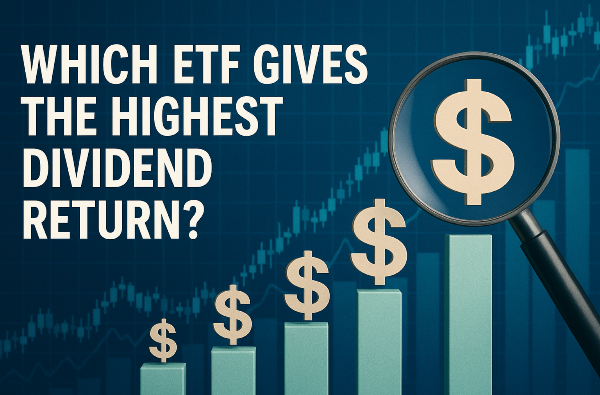



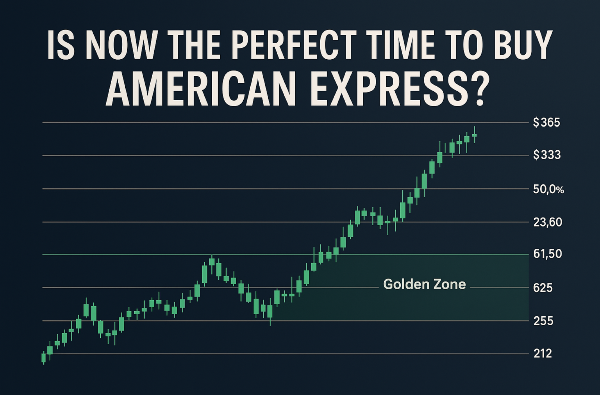

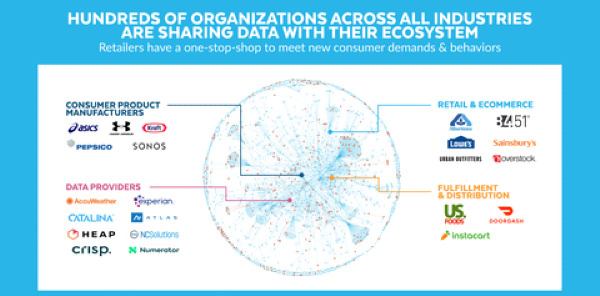
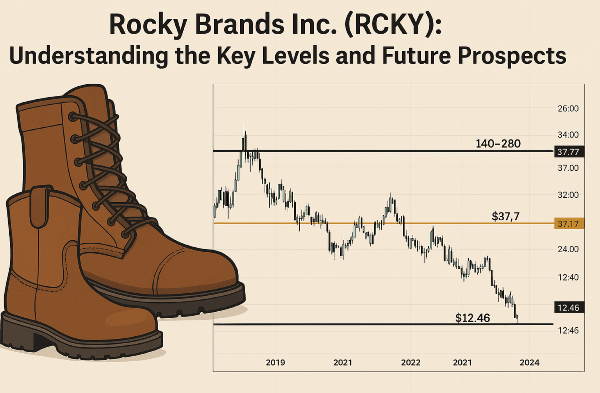


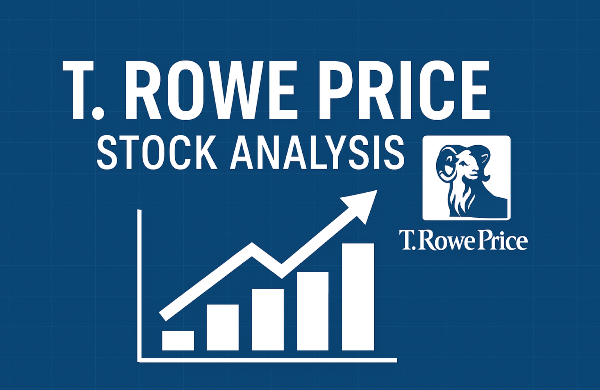
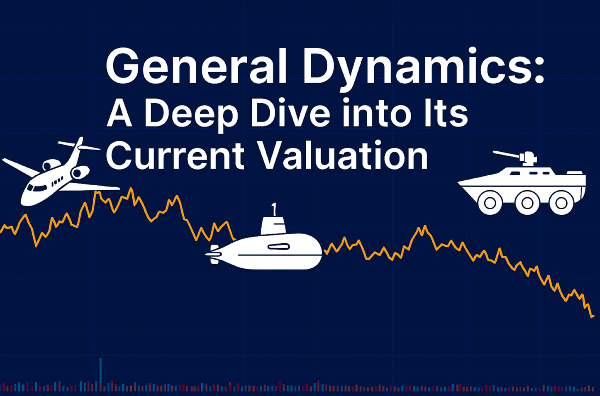

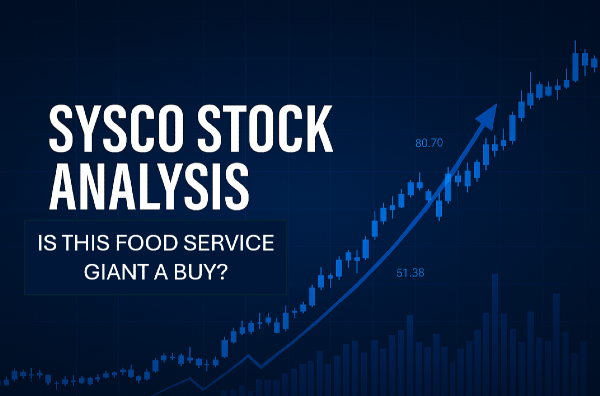
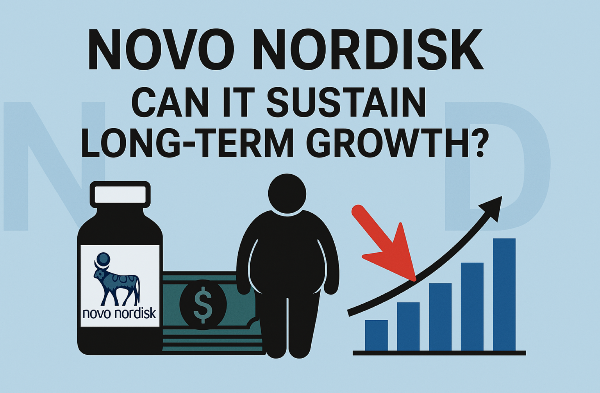

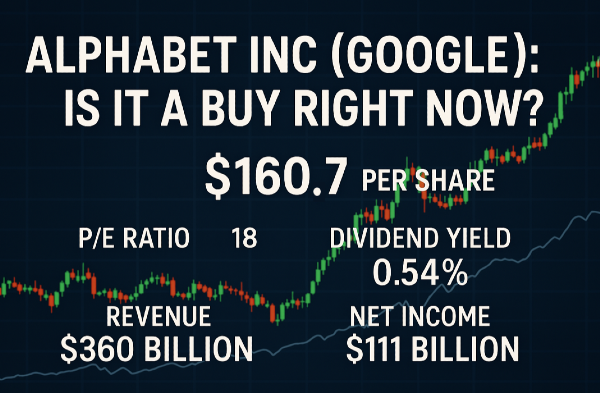

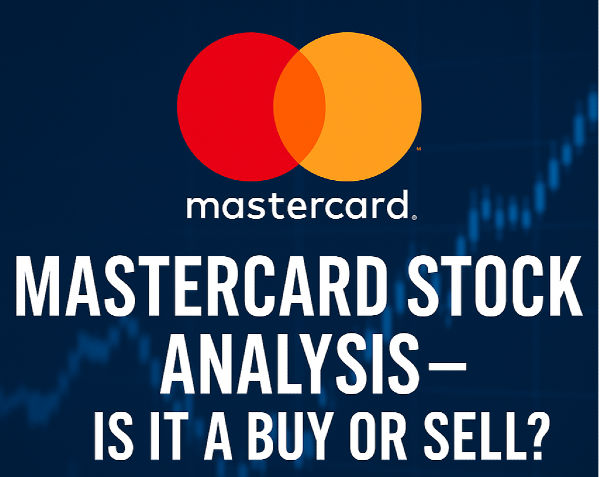
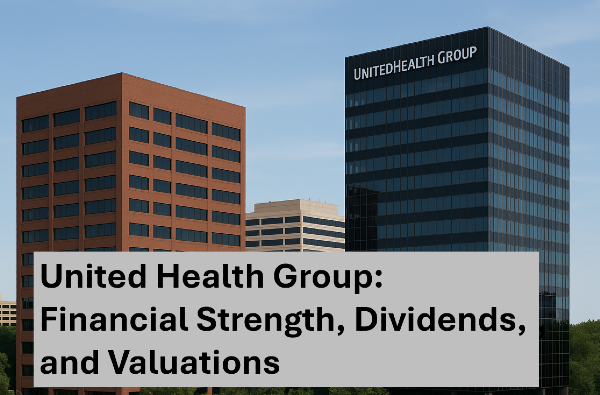
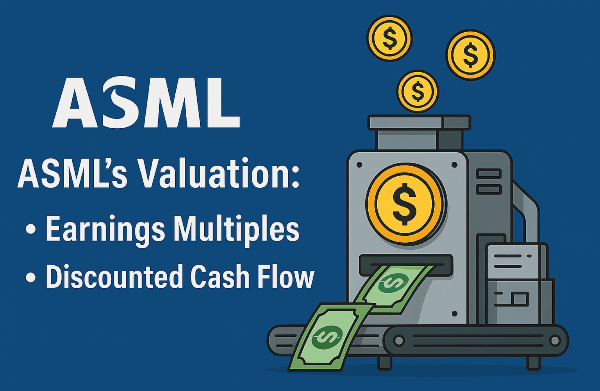









Introduction
Exchange-Traded Funds (ETFs) have revolutionized investing by offering a diversified, cost-effective way to gain exposure to various assets, including stocks, bonds, and commodities. For income-focused investors, dividend ETFs are particularly appealing, as they provide consistent payouts while maintaining broad market exposure. These funds are designed to hold high-dividend-yielding stocks, allowing investors to earn passive income without the need to pick individual securities. However, several factors influence the dividend yield of an ETF, including the composition of its holdings, sector focus, expense ratios, and payout frequency. Understanding these elements can help investors select the best high-dividend ETF to maximize returns while managing risk effectively.
Factors That Influence High Dividend Returns
When evaluating high-dividend ETFs, investors must consider several key factors that impact returns. Dividend yield vs. total return is a crucial distinction—while a high yield may seem attractive, it's essential to assess the overall performance of the fund, including capital appreciation. Expense ratios also play a significant role, as higher fees can eat into profits and reduce the effective dividend payout. Additionally, sector allocation affects dividend potential; funds concentrated in sectors like utilities, financials, or real estate often provide higher yields, but they may also carry sector-specific risks. Lastly, high-yield ETFs come with inherent risks, such as dividend sustainability and volatility, which can lead to sharp declines during market downturns. Balancing these considerations helps investors make informed decisions when selecting the best high-dividend ETF for their portfolio.
Top High Dividend ETFs
Investors seeking high-dividend ETFs have several strong options, each offering unique advantages based on yield, expense ratios, and sector focus. Some of the top-performing dividend ETFs include those that track high-yield indexes or focus on dividend-growth stocks. Funds like the Vanguard High Dividend Yield ETF (VYM) and Schwab U.S. Dividend Equity ETF (SCHD) consistently rank among the highest-yielding ETFs, offering strong dividend payouts with relatively low expense ratios. Other ETFs, such as those targeting global dividends or sector-specific high yield, can offer even higher returns but may come with additional risk. Evaluating the composition of these funds—such as the percentage of holdings in stable blue-chip companies versus higher-yielding but volatile stocks—helps investors gauge sustainability.
Performance history is a critical factor when selecting a high-dividend ETF, as consistency over various time frames can indicate reliability. While short-term yields may look attractive, funds with long-term dividend growth and stable returns tend to be better suited for income-focused investors. Comparing ETFs over 5-year, 10-year, and lifetime performance can help identify which funds maintain strong dividends without sacrificing total return. Additionally, analyzing dividend payout frequency—whether monthly, quarterly, or annually—can guide investors who rely on regular income streams. By researching historical performance alongside dividend yield and expense ratio, investors can make informed decisions on the best high-dividend ETF to fit their financial goals.
How to Choose the Right High Dividend ETF
Selecting the right high-dividend ETF requires careful consideration of personal financial goals and risk tolerance. Some investors prioritize consistent income streams, while others seek growth potential alongside dividends. High-yield ETFs often come with greater volatility, meaning risk-averse investors may prefer funds with stable dividend histories over those offering excessively high yields. Evaluating whether dividends align with broader investment objectives—such as long-term portfolio growth or passive income generation—helps investors determine the most suitable ETF.
Beyond yield, understanding dividend sustainability and fund stability is key to making a smart investment choice. ETFs that consistently grow dividends while maintaining healthy payout ratios tend to be more reliable over time. Additionally, tax implications play a significant role in maximizing returns. Some dividend ETFs generate qualified dividends, which are taxed at lower rates, while others may result in higher tax liabilities if they include income from real estate or international investments. Reviewing fund structures, tax efficiency, and potential drawbacks ensures investors select an ETF that aligns with their financial strategies and provides lasting benefits.
FAQs
A high dividend yield for an ETF typically falls above 3-5%, though some funds may offer even higher yields. However, investors should assess whether the yield is sustainable and not the result of temporary fluctuations or excessive risk.
High-dividend ETFs can be a strong long-term investment, especially for those seeking consistent income streams. However, investors must balance yield and growth potential, as some funds prioritize dividends over capital appreciation. Additionally, sector concentration and economic cycles can influence performance.
Most dividend ETFs distribute returns on a quarterly basis, though some pay monthly or annually. Checking the fund's distribution schedule ensures investors align their expectations with their income needs.
Conclusion
Choosing the right high-dividend ETF involves analyzing yield, expense ratios, sector allocation, and long-term sustainability. Investors should consider their financial goals, risk tolerance, and tax implications before selecting a fund. High dividend yields are appealing, but stability and reliability often matter more in the long run.
To maximize returns, diversification is key—combining high-yield funds with growth-focused investments can create a balanced portfolio. Additionally, staying informed on market trends and regularly reviewing fund performance helps investors make strategic decisions. With careful research and a long-term perspective, high-dividend ETFs can serve as valuable tools for generating passive income while maintaining financial stability.
🚀 Master Dividend Investing – Unlock Passive Income 💰
Looking to supercharge your portfolio and live off dividends? Dive into these expert resources:
🏆 Top Dividend Stocks & Investing Strategies
💰 Dividend Funds & High-Yield ETFs
⚡ Dividend Essentials & Tax Strategies
🔗 Bookmark this guide & start your journey to financial independence! 🚀💸